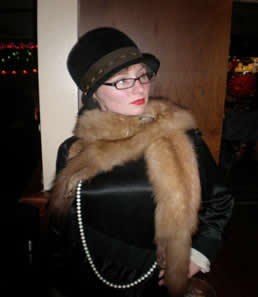
|

Essential Questions:
What was the impact of the war on the following decades?
Why were the 1920s said to “roar”?
How does music and art reflect society?
How did the Jazz Age impact the culture and politics of the United States?
How did prohibition change society?
How did women’s roles in society change?”
What fads and fashions became popular during the 1920s?
How did a new group of writers and new jazz music affect American culture?
Why did some Americans not share in the prosperity of the 1920s?
What did the Scopes trial and the revival of the Ku Klux Klan reveal about society in the 1920s?
How did the women’s suffrage movement help bring about the Nineteenth Amendment?
Why did many women support the crusade against alcohol?
How does the decade of the 1920s reflect the positive and negative impacts of a postwar nation?
In what ways was the prosperity of the 1920s more harmful than helpful to the consumers?
How did the automobile impact economic growth in the 1920s?
How did changing social attitudes impact domestic life?
How did arts, literature, and music impact life in the Twenties?
How did the Jazz Age impact the culture and politics of the United States?
History Standards: 8.1 A,B,C,D 8.2.12 A,B,C,D 8.3.12 A,B,C,D
Reading Standards: 1.1.5.A,G 1.2.A 1.3.A,F 1.6.A,B,D,E
“When you come to our school to show us and teach us about a specific time period in history, I am always drawn to your speaking. I somehow have the impression that you know about everything that has a happened to us in the past. Thank you for coming in to our school to teach us about history and also to share your amazing artifacts with us.”
Marissa M.


